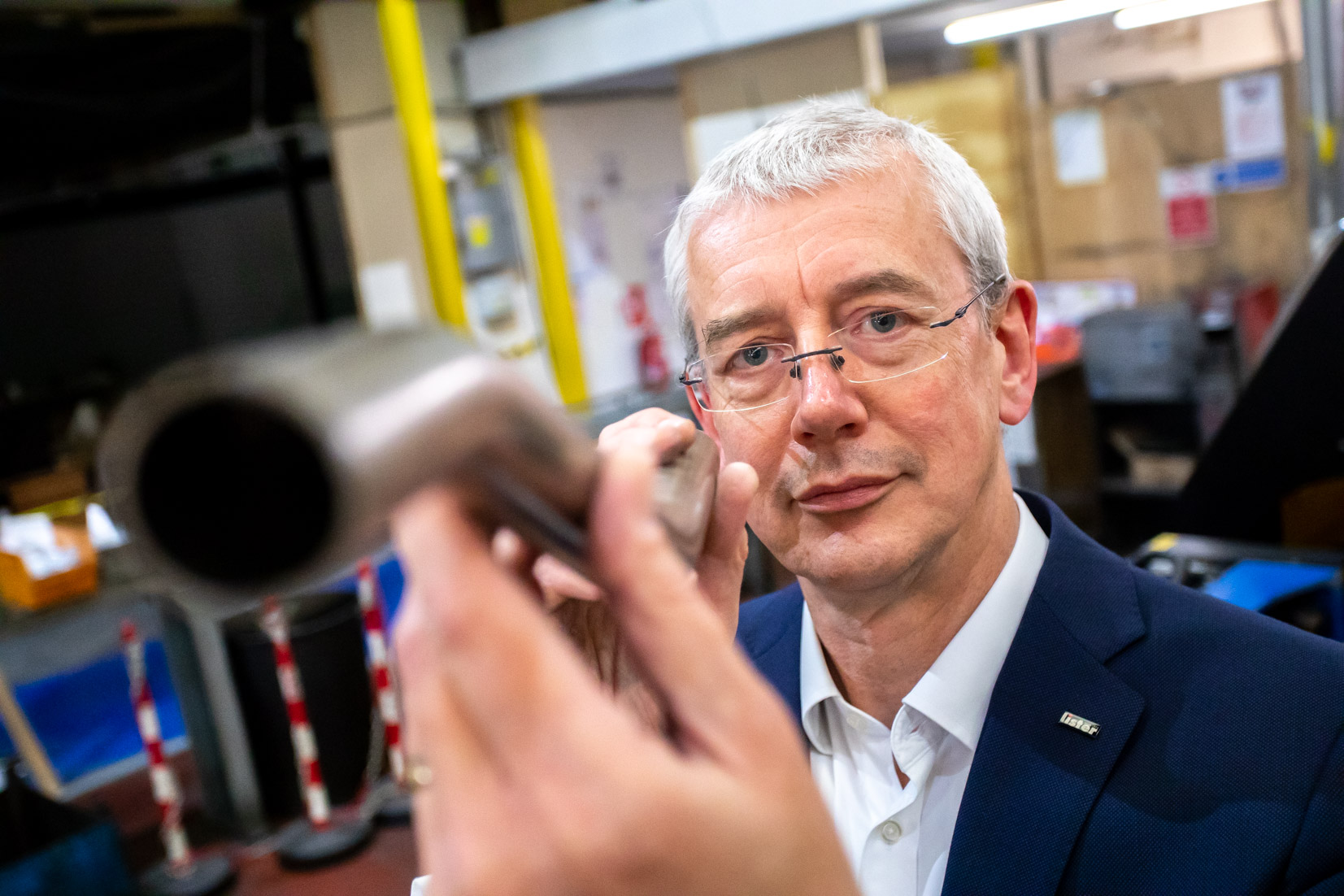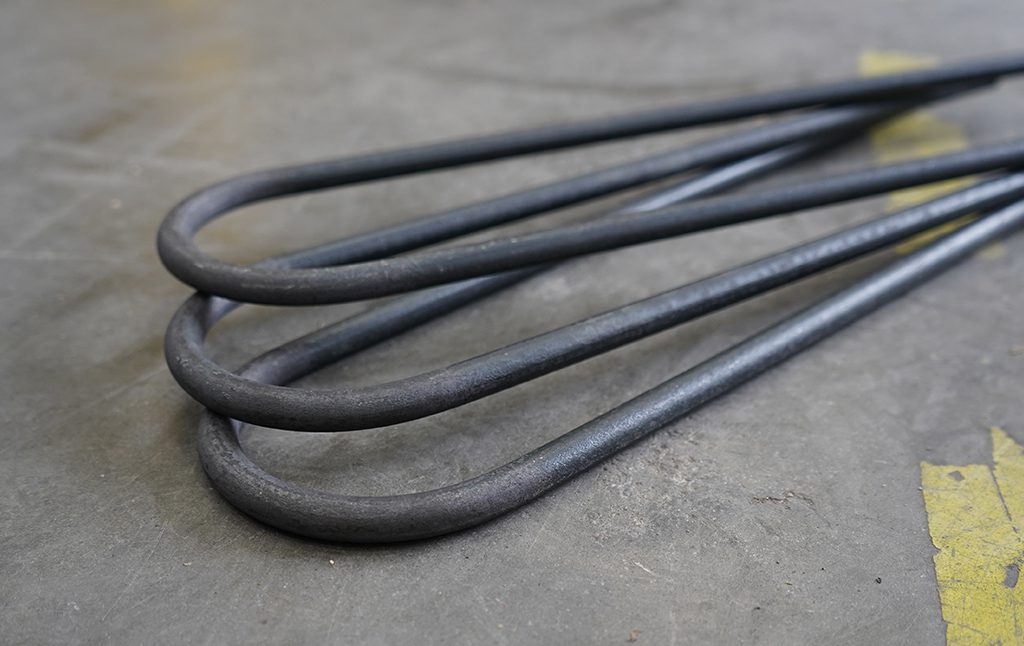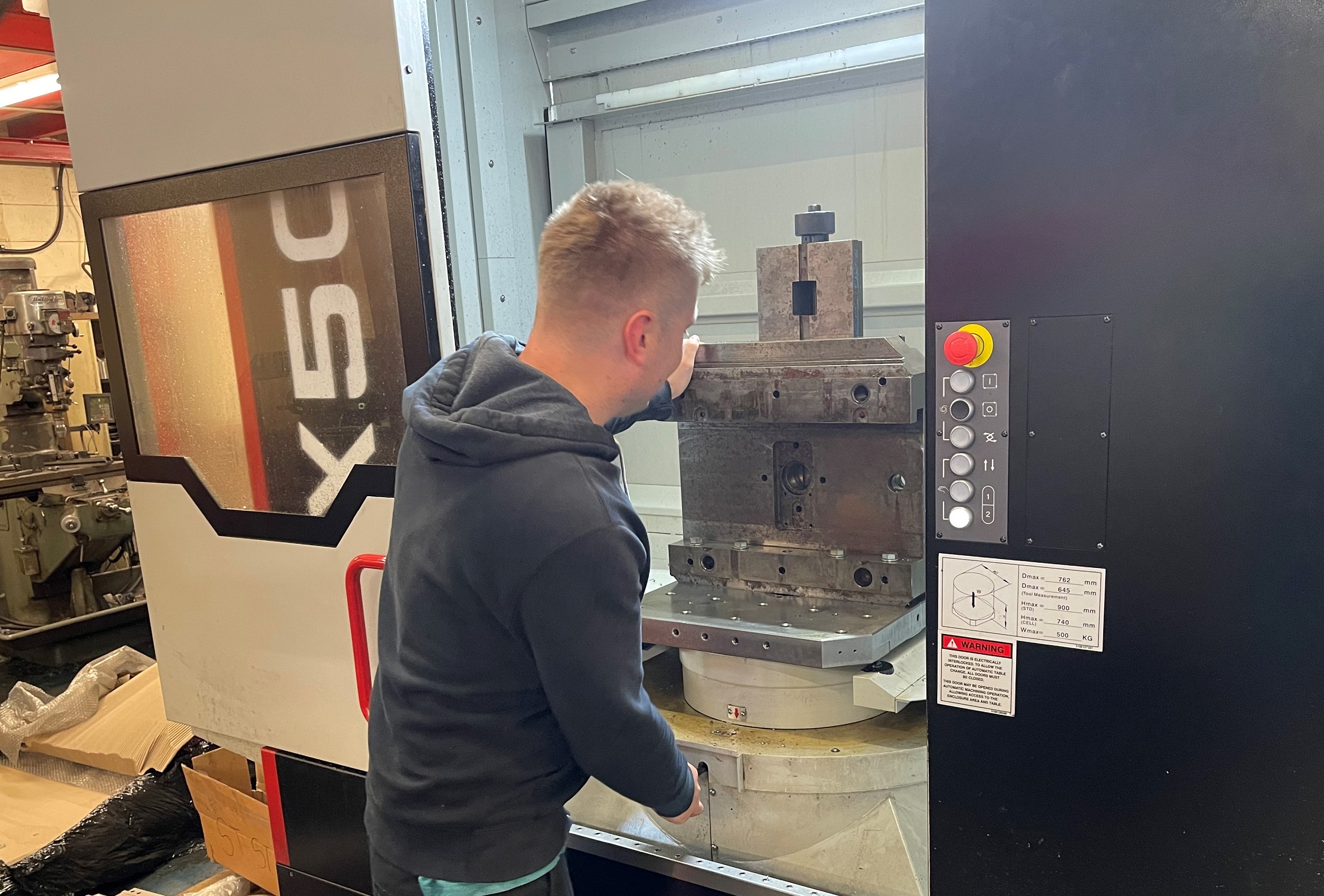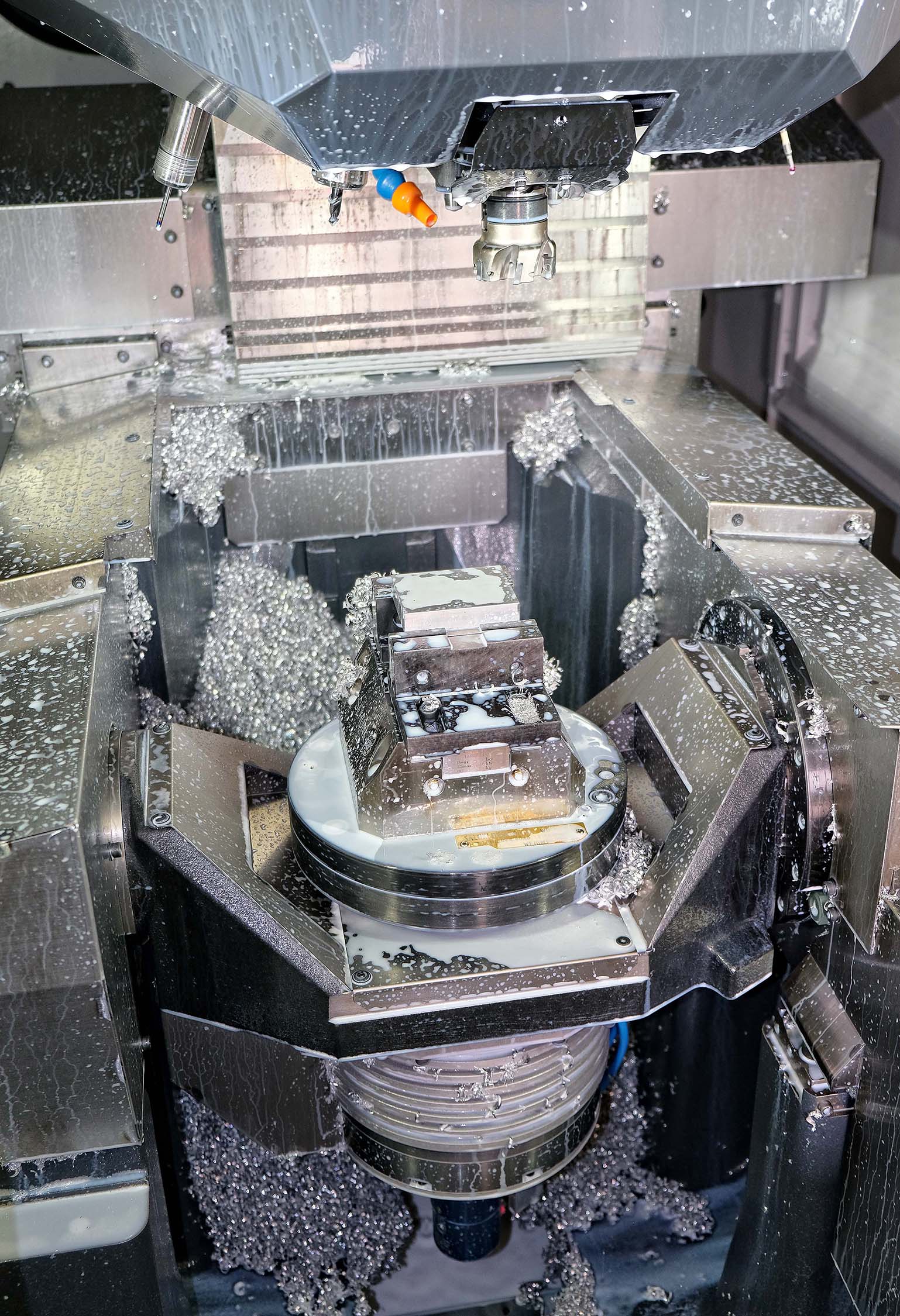A unique collective of manufacturers is embarking on a major recruitment drive after a string of reshoring wins and new breakthroughs in electrification technology. The Manufacturing Assembly Network (MAN), which comprises eight subcontract manufacturers and a specialist engineering design agency, has more than 50 different vacancies currently up for grabs and is urging people to come forward to make the most of the opportunities.
Roles range from SMT quality technicians and casting experts to technical sales and CNC machine setters, with firms also placing their faith in the future by investing in a host of interns and apprentices. Peter Davies, CEO of James Lister & Sons and co-chair of the MAN Group, says: “Despite all of the economic challenges out of our control, UK manufacturing is really buoyant at the moment and there are lots of opportunities out there for firms who are delivering new innovations and world-class performance.”
For further information www.man-group.co.uk/careers



















